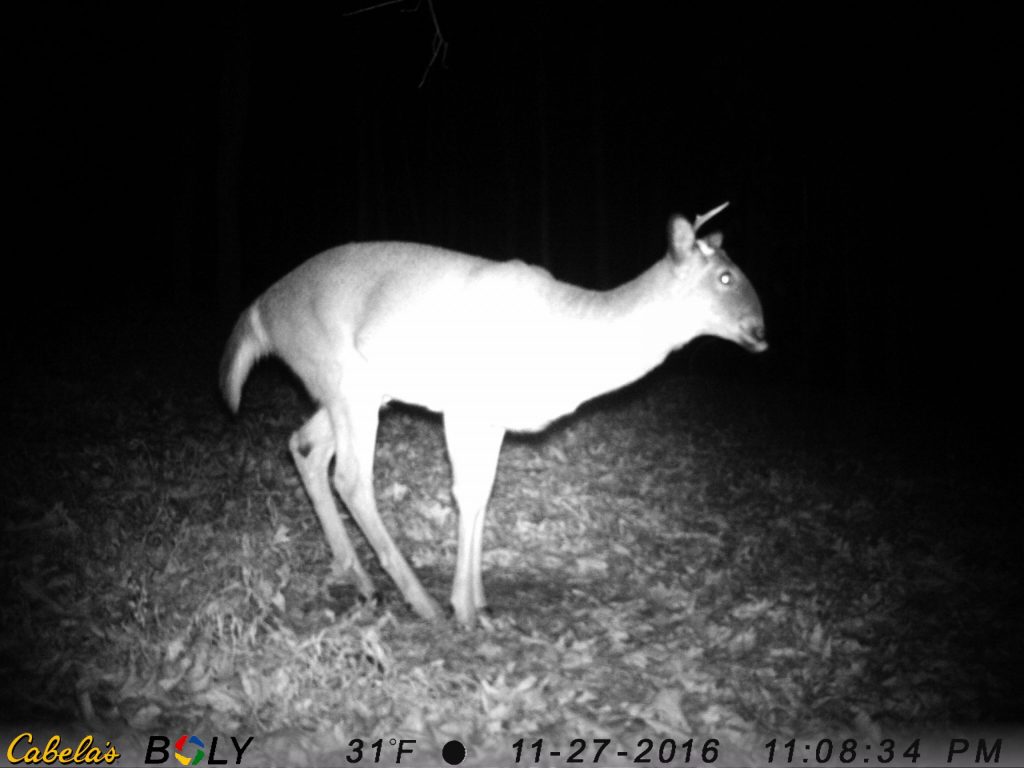Physiognomy is the assessment of a person’s character or personality from his or her outer appearance, especially the face.
The Roman nose (also called an aquiline nose) is one with a prominent bridge giving the appearance of being hooked or slightly bent. It has been associated with beauty, nobility, social status, intelligence – superior in its suggestion of firmness and power. At least that’s what post-Enlightenment Western scientists and writers as well as those of the Victorian era would have us believe.
Of course, there is not one shred of evidence to support this at least for our species.
I’m pretty sure there isn’t any evidence of these characteristics applying to deer either. Yes, I said deer. The Roman nose is not unique to humans. And it is not always a benign characteristic for our favorite cervid.
Brachygnathia is a developmental anomaly of the jaw. It took me almost a year to pronounce it correctly.
Here are some technical terms to help explain the different kinds of defects that can be seen:
Brachygnathia inferior is shortness of the mandibles (lower jaw), i.e. overbite.

Brachygnathia superior is shortness of the maxillae (upper jaw), i.e. underbite.
Prognathia is the abnormal prolongation of the mandibles.
All of these are congenital defects and can range in severity from mild to extreme. The impact to the individual and our ability to detect it depends on this severity. Consequently, determining it’s frequency in the population is difficult.
Very severe cases seem to be uncommon and are usually found in fawns with multiple musculoskeletal malformations. The piebald trait is often associated with this condition as well. How they are linked genetically is unknown.
We don’t see severe cases in adults because fawns with multiple malformations (of limbs and possibly internal organs) likely do not survive. So the cases that we do notice, like this headliner, while sideshow worthy really don’t negatively affect the individual. As long as a deer can eat, they are good to go.
As for beauty and social status, I’m not sure that Roman nose or “fish mouth” do a deer any favors.
Biologist
If you would like to receive email alerts of new blog posts, subscribe here.
And Follow us on Twitter @WTDresearch

